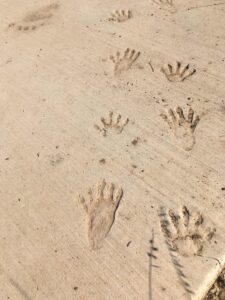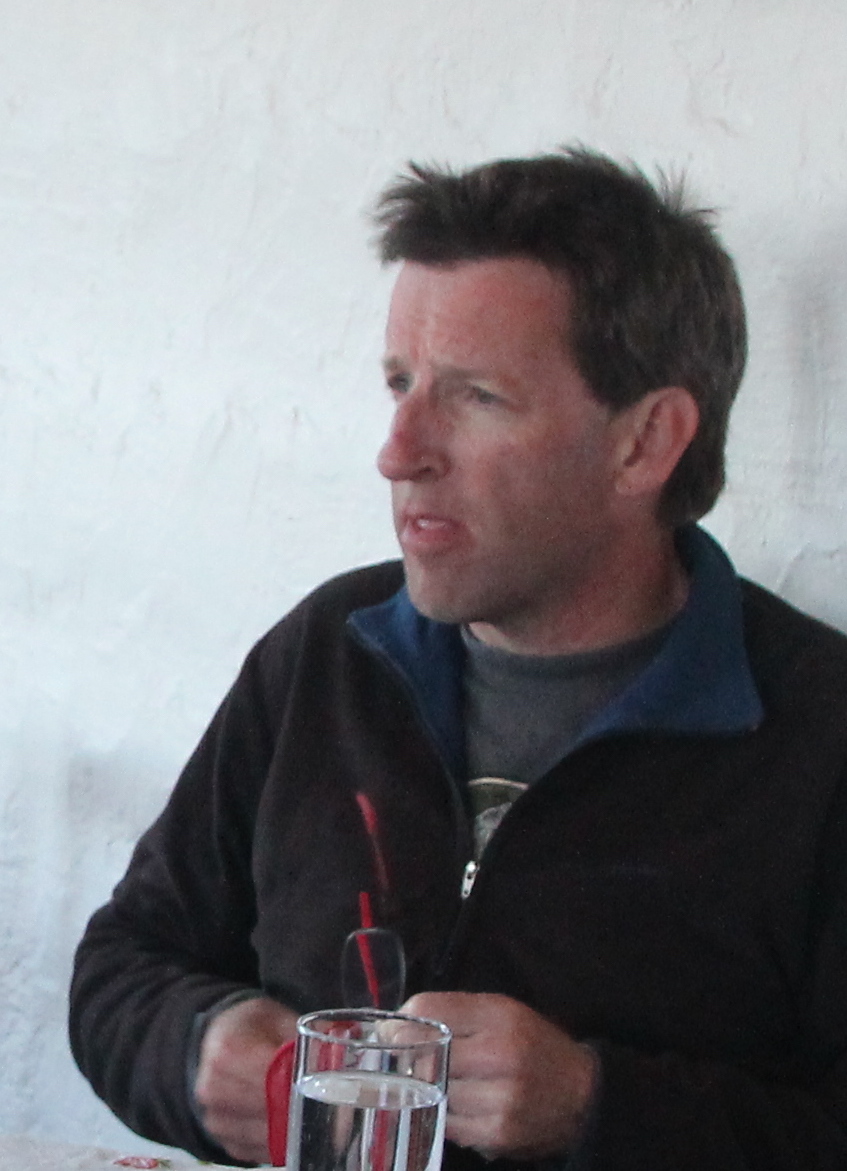 It’s tantalizing how some of us who got to experience the privilege of working from home during the (we hope) worst days of the pandemic have been able to savor the obverse, the glorious and energizing feeling of being (carefully) back among other people after our long isolation. In my case, the place is a college campus, where after a year in which sightings of other people had a furtive quality—each person representing a possible threat to every other person—the buildings and grounds are back to running at full capacity again. There’s a palpable feeling of energy, a visceral and idealistic sense that despite all the challenges that plague my state’s pandemic response, and higher education as a whole, the idea that brings us here is sound. Bringing diverse people together into a huge and ever-evolving learning community really does bear unpredictable fruit at both the personal and the societal levels. I couldn’t ask for a better motivating drive than that at the onset of the school year.
It’s tantalizing how some of us who got to experience the privilege of working from home during the (we hope) worst days of the pandemic have been able to savor the obverse, the glorious and energizing feeling of being (carefully) back among other people after our long isolation. In my case, the place is a college campus, where after a year in which sightings of other people had a furtive quality—each person representing a possible threat to every other person—the buildings and grounds are back to running at full capacity again. There’s a palpable feeling of energy, a visceral and idealistic sense that despite all the challenges that plague my state’s pandemic response, and higher education as a whole, the idea that brings us here is sound. Bringing diverse people together into a huge and ever-evolving learning community really does bear unpredictable fruit at both the personal and the societal levels. I couldn’t ask for a better motivating drive than that at the onset of the school year.
But if being back at it feels good, so does being back and forth, by which I mean the daily opportunity to commute between home and work that grew so very infrequent during 2020. I can accomplish the trip in ten minutes on a bike, but often this feels like too outcome-oriented a way to go, the sort of thing I resort to when I’m rushing more than I like to. That’s why during a recent day of rain I was pleased to walk instead.
It takes between 30 and 45 minutes depending on my pace and how many people I run into along the way. A lot of writers have dwelt on what to call this sort of outing—a walk, a stroll, a hike, an excursion, a peregrination—but for me the walk to and from work merits more modern terms. Reset. Reboot. The physical distance between home and work, and the time spent in covering it, allows my mind to move palpably between realms with differing hopes, dreams, expectations, responsibilities.
I trace that quality of commuting back a long way, all the way to back to elementary school, when the way home consisted of a walk along suburban sidewalks that I remember primarily as being drifted with piles of crunchy autumn leaves. A half century later I can still recall where some of the scattered houses were whose windows flashed the special signs indicating that these were safe havens we could run to if anything bad happened—though I can’t quite recall what the signs looked like.
Even back then, I was conscious that the walk home took my sisters and me from the hubbub of school to the domesticity of home, to pets, the cookie jar, the big boxy TV that we often watched after school. But the movement between worlds was profound for another reason too. We spoke English at school, German at home, as a result of my family’s immigrant history. Maybe it was this linguistic switch that prepped me to sense that the act of passing between the different locations where we live our lives is a consequential one—and so the walk itself, or later the drive, or the el ride, always needs to be treated with respect.
I found myself recalling that feeling of walking short-legged along the suburban sidewalk, hopping over the cracks so as not to break my mommy’s back, this past week when I wandered from the downtown hubbub into my neighborhood—not suburban, exactly, but old-fashioned, with its yards and alleys and single-family houses. Not for the first time I cursed the easy technology that makes it so easy to break down the old boundaries between work and home, the laptops and wifi and Zoom rooms that have brought work home to our tables and kitchen counters, and that have conversely brought home to work in the form of texts and too-easy-to-access social media updates.
Before I left Chicago for good I worked for a while in the city and commuted back to the suburbs in the late afternoon, or sometimes much later in the evening if I was going out with friends. Each time I did so I felt I was replicating my family history in a small way, for like so many upwardly mobile white people in the ‘50s my grandparents moved out of the city and into the suburbs even as the expressway I drove on was being built. My uncle, an electrical engineer, helped plan the highway lighting that enabled those nighttime commutes.
I drove under the wash of mercury-vapor light, watching the tight and well-lit grid of city streets give way to the less rectilinear and darker patterns of the suburbs. Where I had to turn off into my parents’ neighborhood a forest preserve flanked the highway, an inscrutable dark patch. Since growing up as a shy kid who spoke a foreign language I’d always considered the suburbs’ wild places as refuges, the sort of the places where I could feel comfortable even when I didn’t in the classroom, the locker room, the schoolyard. And so when I drove past the preserve in the dark I always felt I was coming home in some deeper way, returning from the hyper-modern city to some older way of being where not only the muskrats and raccoons but also people could feel at home.
Those are the echoes I still feel when I walk home from work. Like many other people in our progress- and success-centered society, I tend to overdefine myself through my professional existence. The way home is a reminder that there’s much more to life than that: the deeper, more complicated relationships of family, the connections to older ways of life and to the other species with which we share the planet. If that sounds like a heavy burden of meaning to place on a not-so-very-long walk, it’s the sort of burden that makes the trip lighter.

